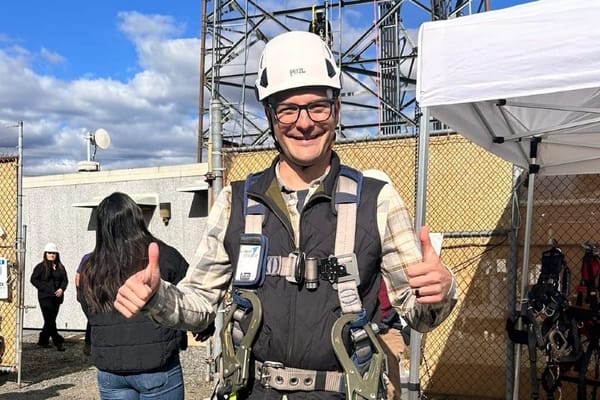Connect America Fund Threatens Rural States’ Telephone Subsidies
WASHINGTON, November 29, 2010 – As the next phases of the National Broadband Plan draw near, states with significant rural area have expressed concern that they may lose funds vital to affordable telephone service.
WASHINGTON, November 29, 2010 – As the next phases of the National Broadband Plan draw near, states with significant rural area have expressed concern that they may lose funds vital to affordable telephone service.
The plan’s Chapter 8 outlines recommendations to provide affordable broadband internet access to all Americans. Part of that chapter recommends the creation of the Connect America Fund. The CAF would fund deployment of broadband to unserved and underserved populations, much as the Universal Service Fund provided the economic means to provide telephone service to all Americans.
While the USF provided the means to connect Americans to the telephone grid, it continues today to fund a handful of goals – among them, ensuring that telephone service in high-cost rural areas remains affordable. It is from the high-cost programs that the FCC has proposed diverting funds to the CAF, with the eventual goal of converting all high-cost USF programs to CAF programs.
Though the goal of the CAF is to connect all Americans to high-speed internet – which is capable of supporting high-quality telephonic service as well – states have expressed concerns about the way those funds will be managed. The most efficient use of funds would connect areas with the highest density of people first, which states say will leave rural areas wanting for both broadband access and affordable conventional telephone service in the near term.
“They want to see more dollars shifted toward those area where there is more bang for the buck,” says Otto Doll, chief information officer of South Dakota. That prioritization, he says, would draw funds away from providing affordable telephone service to many South Dakotans, while putting them toward the back of the line for broadband. Doll is quick to point out, however, that the details of the CAF rollout have not been solidified and at least for the time being, South Dakota’s concerns remain just that.
Jim Kohler, the deputy director of Enterprise Technology Services in the Alaska Department of Administration, has echoed Doll’s concerns. In Alaska, however, the hurdles to deployment are not only the expanse of land to be covered, but also the harshness of the terrain and climate.
“The cost of deploying broadband in Alaska to the extent sought by the National Broadband Plan keeps Alaska from receiving funds on a competitive basis,” says Kohler, referring to the distribution methodology as the “Lower 48 Model.”
For now, Kohler says that until more details are fleshed out, the concerns are just that. “The FCC has articulated it as a plan, but there aren’t the details of a plan,” says Kohler. “It’s more of a strategy.”







